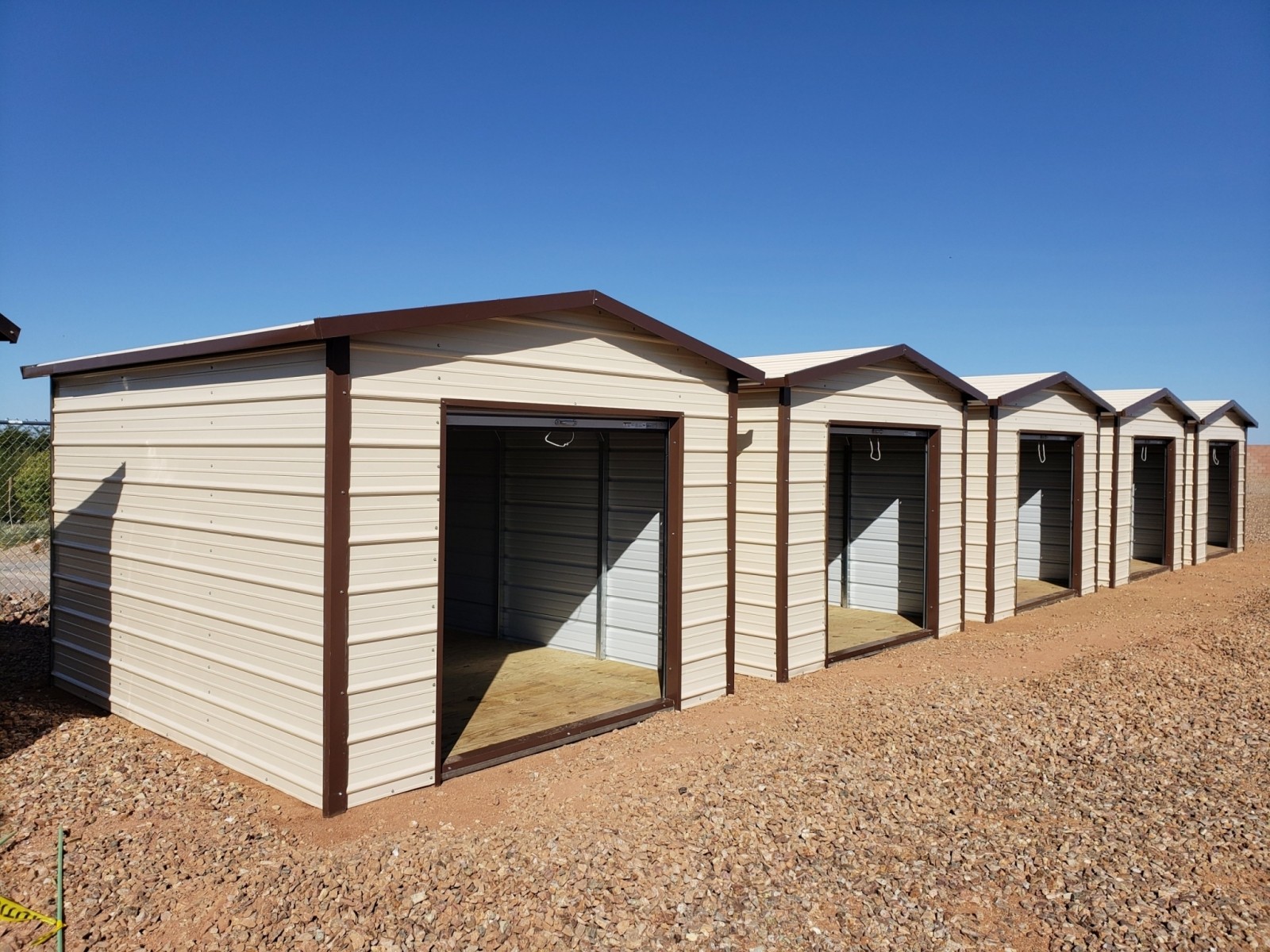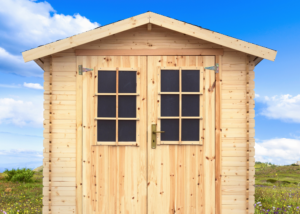Metal sheds are fantastic for storing tools, equipment, and even serving as workshops. But to keep them in top shape and ensure they last a lifetime, proper care and maintenance are crucial. In this comprehensive guide, we’ll explore the best practices for maintaining metal sheds, from cleaning to rust prevention and everything in between.
Table of Contents
| Click each tab to be taken to the appropriate section | |
| 1 | Introduction |
| 2 | Understanding Metal Sheds |
| 3 | Cleaning Your Metal Shed |
| 4 | Rust Prevention |
| 5 | Repainting and Refinishing |
| 6 | Inspecting for Damage |
| 7 | Securing Loose Parts |
| 8 | Lubricating Hinges and Locks |
| 9 | Organizing the Interior |
| 10 | Protecting Against Harsh Weather |
| 11 | Conclusion |
| 12 | FAQs |
Introduction
Metal sheds are like the unsung heroes of our backyard spaces. They shield our belongings from the elements, providing a safe haven for our tools and equipment. But like any superhero, they need care and attention to stay strong. Let’s dive into the world of maintaining metal sheds to ensure they stand the test of time.
Understanding Metal Sheds
What Makes Metal Sheds Special?
Metal sheds are known for their durability and low maintenance requirements. Unlike their wooden counterparts, they are resistant to rot, pests, and fire, making them a popular choice for outdoor storage.
Choosing the Right Metal Shed
When selecting a metal shed, consider factors like size, material thickness, and construction quality. Opt for galvanized steel sheds, as they are more resistant to corrosion.
Cleaning Your Metal Shed
Why is Cleaning Important?
Regular cleaning prevents dirt and debris buildup, which can lead to rust and deterioration over time. Plus, a clean shed is more pleasant to work in!
Cleaning Techniques
Use a mild detergent and water solution to scrub the interior and exterior surfaces of your shed. Rinse thoroughly and let it dry completely before storing items back inside.
Rust Prevention
Why Does Rust Form?
Rust forms when metal is exposed to moisture and oxygen for extended periods. It weakens the structure of the shed and compromises its integrity.
Preventive Measures
Apply a rust-inhibiting primer and paint to the exterior of your shed. Additionally, consider using silicone sealant on seams and joints to prevent water penetration.
Repainting and Refinishing
When to Repaint Your Shed
If you notice paint chipping or peeling, it’s time to give your shed a fresh coat of paint. Repainting not only enhances aesthetics but also provides an additional layer of protection against rust.
Choosing the Right Paint
Opt for high-quality exterior metal paint designed for durability and weather resistance. Apply multiple thin coats for optimal coverage and longevity.
Inspecting for Damage
Why Regular Inspections are Necessary
Regular inspections allow you to catch potential issues early on before they escalate into costly repairs. Look for signs of rust, dents, or structural damage during your inspections.
Inspecting Techniques
Thoroughly examine all surfaces, paying close attention to corners, seams, and joints. Use a flashlight to inspect dark or hard-to-reach areas.
Securing Loose Parts
Why Loose Parts are Problematic
Loose parts compromise the structural integrity of your shed and pose safety hazards. Addressing them promptly prevents further damage and ensures the stability of your shed.
Securing Methods
Tighten loose bolts, nuts, and screws using appropriate tools. Consider replacing damaged or corroded fasteners with new ones for added security.
Lubricating Hinges and Locks
Importance of Lubrication
Proper lubrication keeps hinges and locks operating smoothly, preventing rust and corrosion buildup. It also prolongs their lifespan and reduces friction.
Lubrication Techniques
Apply a small amount of silicone-based lubricant to hinges, locks, and moving parts. Wipe away any excess to prevent attracting dirt and debris.
Organizing the Interior
Benefits of Organization
A well-organized interior maximizes storage space and makes it easier to find items when needed. It also reduces clutter and improves overall efficiency.
Organizational Tips
Invest in shelving units, hooks, and storage bins to keep your belongings neatly arranged. Group similar items together for easy access and label storage containers for quick identification.
Protecting Against Harsh Weather
Weatherproofing Your Shed
Extreme weather conditions, such as heavy rain and strong winds, can take a toll on your shed. Implementing weatherproofing measures ensures it remains intact and functional.
Weatherproofing Methods
Seal gaps and cracks with caulk or weatherstripping to prevent water infiltration. Anchor your shed securely to the ground to prevent it from being blown away by strong winds.
Conclusion
Caring for and maintaining your metal shed doesn’t have to be a daunting task. By following these simple yet effective tips, you can ensure your shed remains in top condition for years to come. Remember, a little maintenance goes a long way in preserving the longevity of your outdoor storage space.
FAQs
1. How often should I clean my metal shed?
Regular cleaning is recommended at least twice a year, preferably in spring and fall, to remove dirt, dust, and debris.
2. Can I use any type of paint for repainting my metal shed?
It’s best to use exterior metal paint specifically formulated for use on metal surfaces for optimal durability and weather resistance.
3. What should I do if I notice rust on my metal shed?
Address rust promptly by sanding the affected area, applying a rust converter, and repainting the surface to prevent further corrosion.
4. Are there any DIY rust prevention methods I can try?
Yes, you can apply a mixture of vinegar and baking soda to remove light surface rust, followed by a coat of rust-inhibiting primer and paint.
5. How can I secure my metal shed against theft?
Install secure locks and consider adding motion-activated lights or a security camera system to deter potential thieves.?


